Test your knowledge about people who have been forced to flee their homes around the world. The quiz is based on the statistics and data from UNHCR’s latest Global Trends Report.
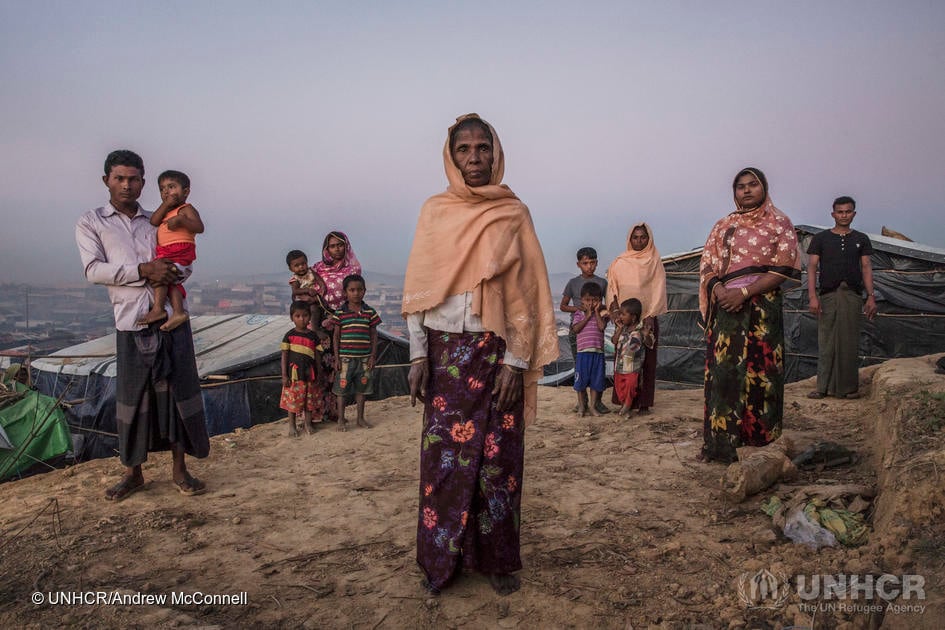
Data from UNHCR’s annual Global Trends report shows that almost 79.5 million people are now forcibly displaced. Forced displacement has almost doubled since 2010 (41 million then vs 79.5 million now).
As of end 2019: Syria: 6.6 million, Afghanistan: 2.7 million, South Sudan: 2.2 million, Myanmar: 1.1 million, Venezuela: 3.7 million.
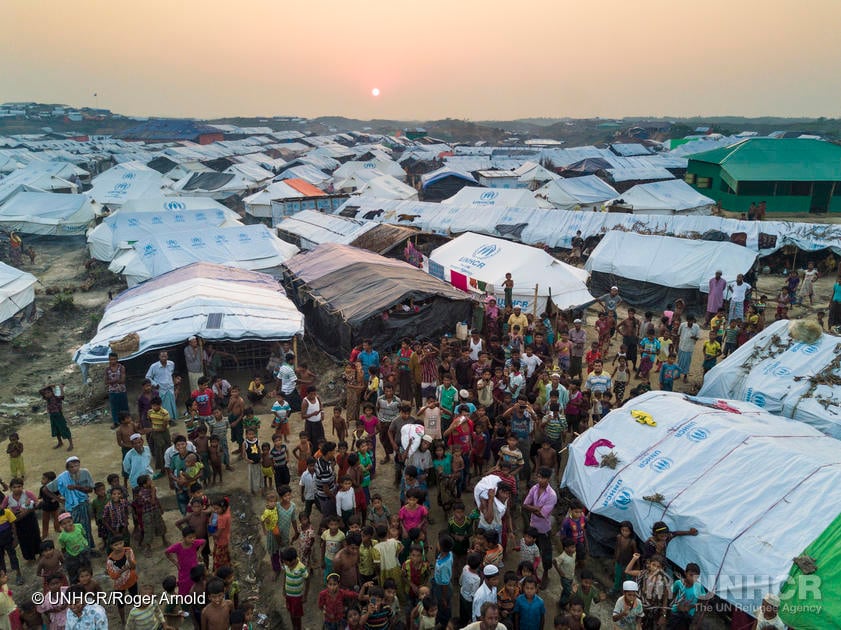
About 73% of refugees live in countries neighboring their countries of origin.
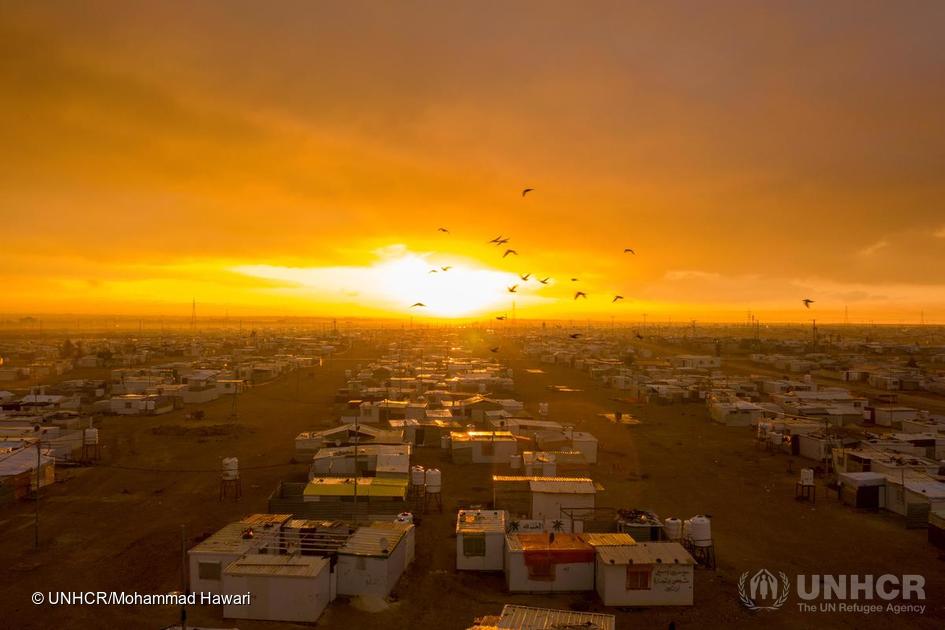
Turkey: 3.6 million, Colombia: 1.8 million, Pakistan: 1.4 million. Developing countries host 85% of the world's refugees, and the world's least developed and poorest countries provide asylum to more than one fourth of all refugees.
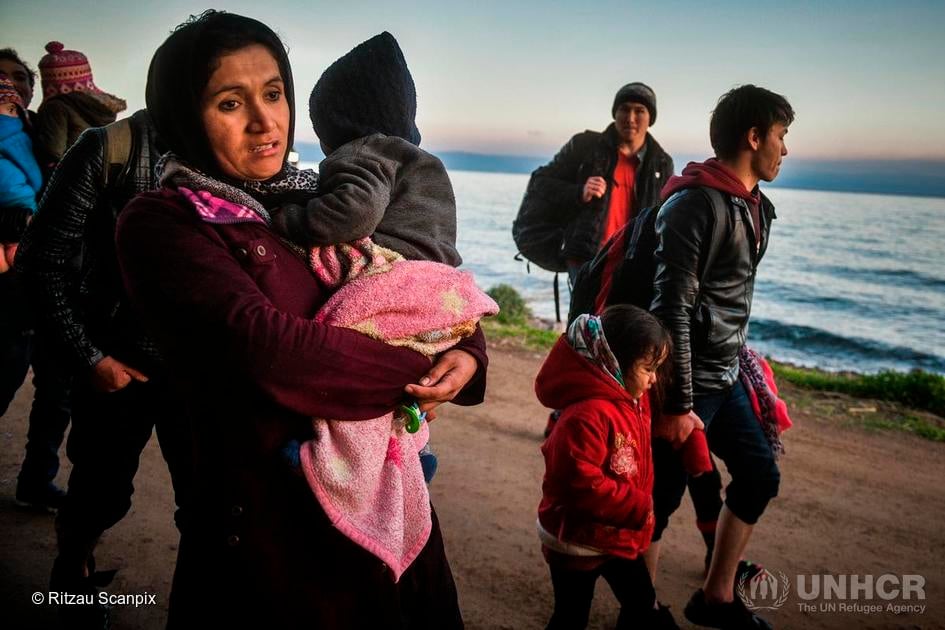
On average, one person was forced to flee every 3 seconds of every day in 2019, escaping persecution, conflict or violence somewhere in the world.
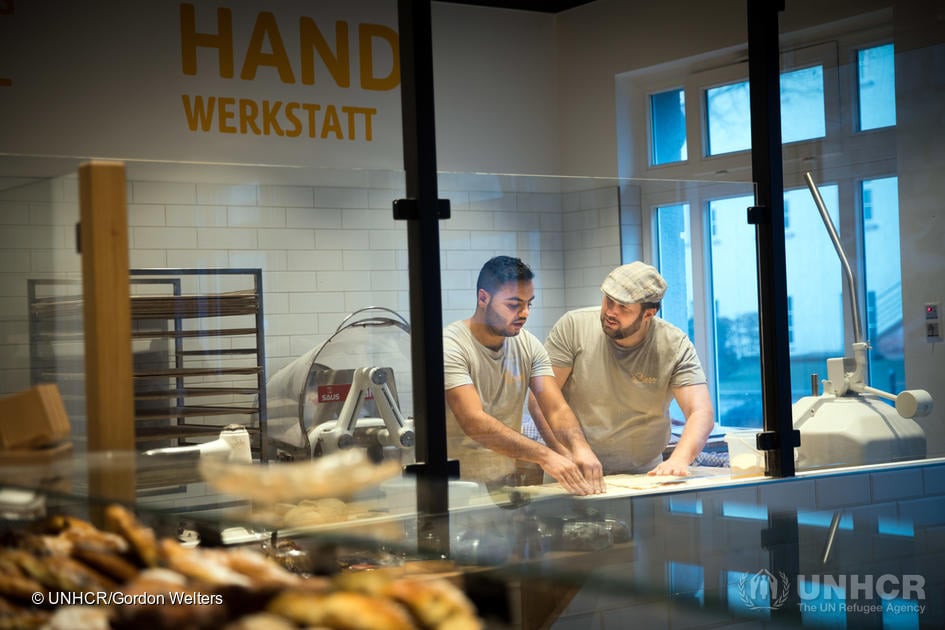
Germany hosted 1.1 million refugees in 2019, with Syrian refugees and asylum-seekers constituting the largest groups (42%).

At the end of 2019, a total of 135 million people across 55 countries and territories experienced acute food insecurity, and 4 in 5 forcibly displaced people find themselves in these countries.
An estimated 30-34 million of the 79.5 million forcibly displaced persons were children below 18 years of age. Many are unaccompanied and separated from their families.
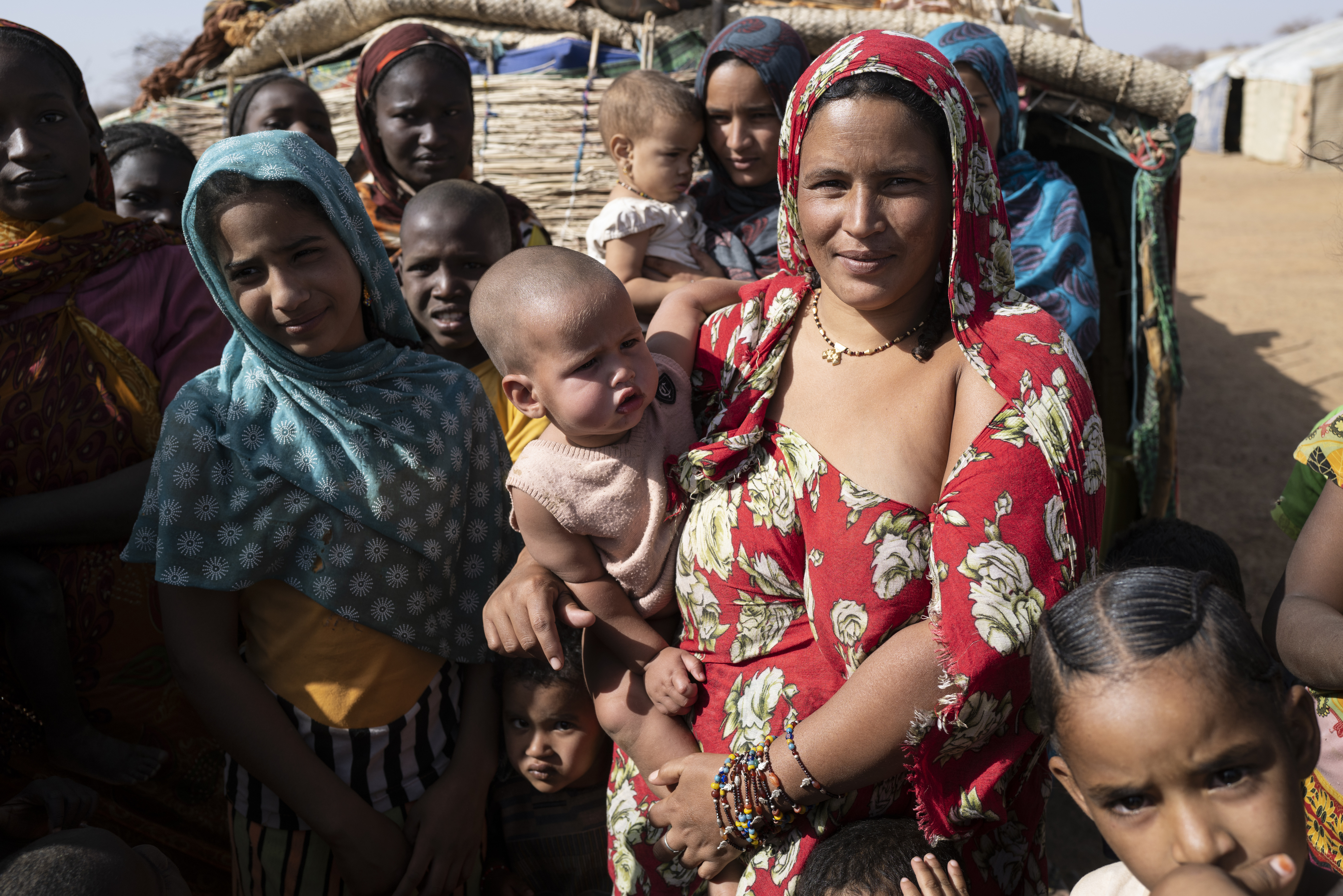
Data from UNHCR’s annual Global Trends report shows that an unprecedented 79.5 million were displaced as of the end of 2019. This means that forced displacement is now affecting more than one per cent of humanity – 1 in every 97 people.

In the last decade, Syrians submitted the largest number of asylum applications, lodging nearly 1.4 million new claims all over the world. Falf of the claims were registered in 2015 and 2016.
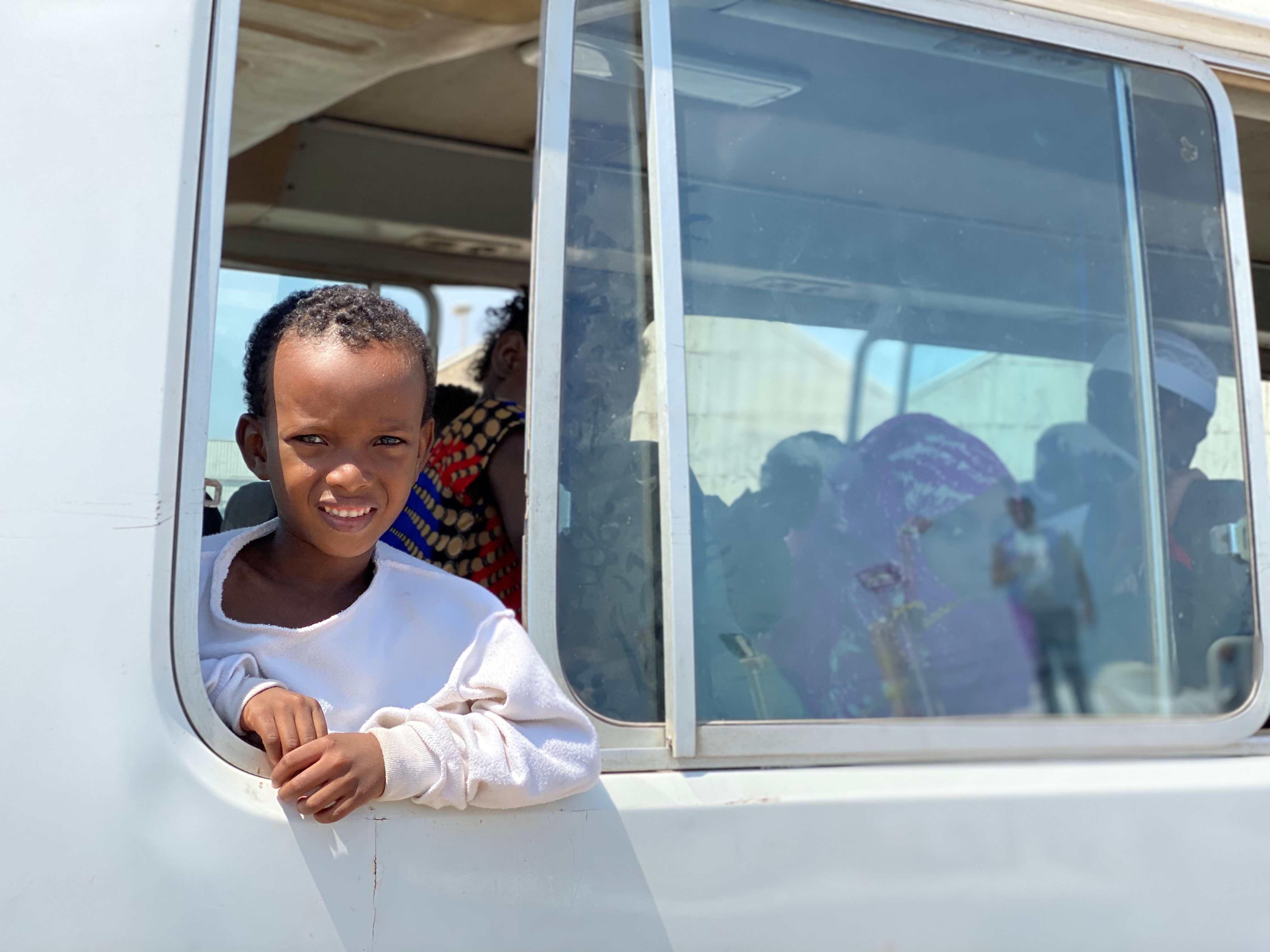
During crises and displacement, children, adolescents and youth are at risk of exploitation and abuse, especially when they are unaccompanied or separated from their families (these children are referred to as UASC). In 2019, UASCs lodged around 25,000 new asylum applications.

According to government statistics, 26 countries admitted only 107,800 refugees for resettlement during the year with or without UNHCR’s assistance. For the fifth year in a row, Syrians represent the population with the highest resettlement needs (41%), followed by South Sudanese (9%) and Congolese refugees (9%).

By the end of 2019, some 4.5 million Venezuelans had left their country, travelling mainly to other parts of Latin America and the Caribbean. It is the largest displacement crisis in the region's recent history - and UNHCR estimates that the majority of Venezuelans are in need of international protection.

The proportion of forcibly displaced people aged 60 and above (4%) is far below that of the world population (12%) – a statistic that speaks to immeasurable heartbreak, desperation, sacrifice and being torn apart from loved ones.
5.6 million displaced people returned to their areas or countries of origin, including 5.3 million internally displaced persons and 317,200 refugees. Clearly, the rate of returns cannot keep up with the rapid growth of new forced displacement, taking place around the world.
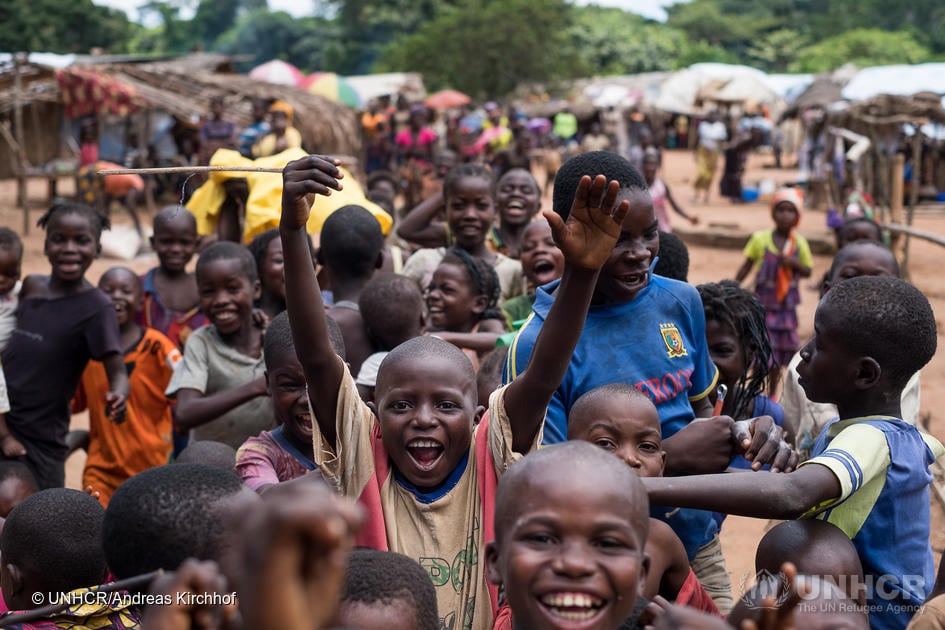
Share your Results:
Share on Facebook Share on Twitter